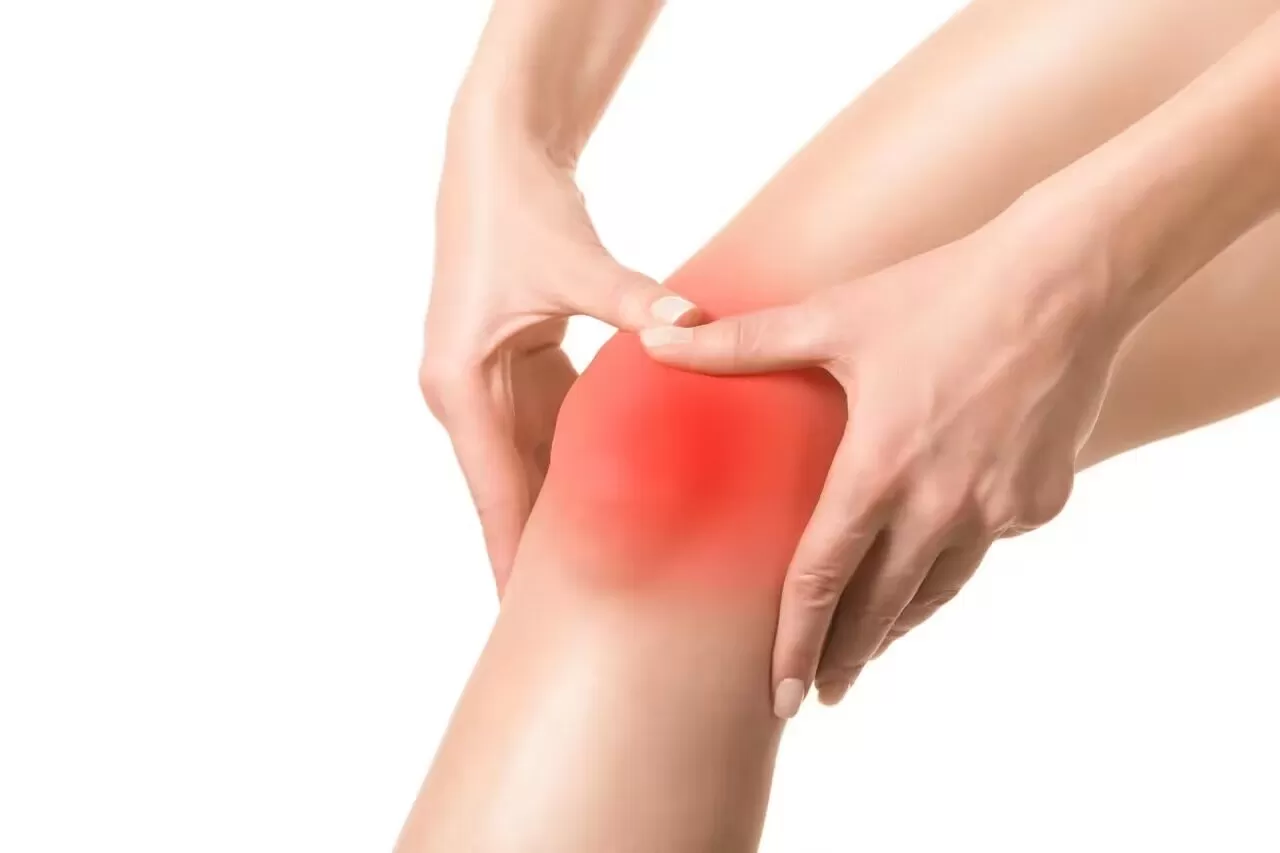Life Services
Best Knee Pain Relief Near Me
May 11/12/2024

Life Services
May 11/12/2024
Symptoms of Knee Pain
Before exploring the causes of knee pain, it is important to understand its common symptoms. The severity of knee pain can vary depending on the underlying cause and its location. Typical symptoms include swelling, stiffness, redness, warmth in the knee area, difficulty straightening the knee fully, feelings of weakness or instability, and popping or crunching sounds during movement.

Common Causes of Knee Pain
Fractures:
Patella Fracture: A sudden, forceful impact, such as a fall or a direct collision, can cause a fracture of the patella (kneecap). This requires immediate medical attention, especially in older adults with osteoporosis, who are more vulnerable to fractures.
Arthritis:
Osteoarthritis: A common cause of knee pain, particularly in older adults, osteoarthritis occurs when the cartilage between the knee joints deteriorates over time, leading to pain during regular activities like walking or climbing stairs.
ACL Injury:
Anterior Cruciate Ligament (ACL) Injury: Often seen in athletes or individuals involved in sudden, high-impact movements, an ACL injury causes knee pain, swelling, and instability. Diagnosis typically involves physical examinations, tests, and imaging techniques.
Knee Bursitis:
Inflammation of the Bursae: The bursae are small fluid-filled sacs that cushion the knee joints. When these sacs become inflamed due to pressure, excessive activity, or infection, symptoms include a swollen, tender, and warm knee.
Patellar Tendinitis:
Jumper's Knee: Overuse of the patellar tendon, which connects the quadriceps to the shinbone, can lead to pain at the point where the tendon attaches to the kneecap.
Patellofemoral Pain Syndrome:
Pain Around the Kneecap: This condition is common among active individuals, especially those involved in repetitive knee-bending activities like running. Symptoms include pain, swelling, and sensations of grinding or popping in the knee.

Impact of Hip or Foot Pain
Pain in the hip or foot can sometimes lead to knee pain. Altering your walking pattern to compensate for discomfort in these areas can put additional stress on the knee joint, potentially leading to pain or injury.
Risk Factors and Prevention Tips
Certain factors increase the risk of knee problems, including excess body weight, lack of muscle strength, previous knee injuries, and certain sports or occupations. Preventive measures include maintaining a healthy weight, engaging in regular exercise with proper technique, and improving flexibility to protect the knee joint from strain.
When to Seek Medical Attention
Seek immediate medical attention if you experience symptoms such as significant knee swelling, visible deformity, difficulty supporting weight on the affected knee, or fever and severe pain following an injury. These signs may indicate a more serious condition that requires urgent care.
Top Knee Pain Treatment Centers
Cleveland Clinic, Ohio: Renowned for its orthopedic department, Cleveland Clinic offers comprehensive care from experienced orthopedic surgeons, physical therapists, and pain management specialists.
Mayo Clinic, Minnesota: A leader in healthcare, Mayo Clinic provides a multidisciplinary approach to knee pain treatment, bringing together experts in orthopedics, physical therapy, and rehabilitation.
Hospital for Special Surgery (HSS), New York: Frequently ranked among the top orthopedic hospitals, HSS specializes in diagnosing and treating knee pain, staying at the forefront of medical research and advancements.
Physical Therapy and Rehabilitation Centers: Essential for non-invasive treatments, physical therapy centers play a key role in improving knee mobility and function, with experienced therapists guiding recovery.
Sports Medicine Clinics: Specializing in sports-related injuries, these clinics offer tailored rehabilitation programs to help athletes and active individuals recover from knee pain and injuries.

FDA-Approved and Medicare-Approved Treatments
In the U.S., several FDA-approved treatments for knee pain are also covered by Medicare Part B. These treatments include medications, injections, physical therapy, and surgery. Medications such as NSAIDs (nonsteroidal anti-inflammatory drugs), corticosteroids, and hyaluronan are commonly prescribed to reduce pain and inflammation. Injections like corticosteroids or hyaluronan can be administered directly into the knee joint to relieve symptoms. Physical therapy helps strengthen muscles around the knee and improve flexibility. For severe cases, surgery such as knee replacement or other procedures may be necessary to restore function and alleviate pain. Consulting a healthcare provider is crucial to determine the most appropriate treatment based on individual needs.

Conclusion
Knee pain is a widespread issue that can affect individuals of all ages. Whether due to injury, arthritis, or other causes, finding the right treatment is essential for restoring mobility and improving quality of life. Numerous healthcare facilities and specialists in the U.S. are equipped to treat knee pain, making it important to research and consult with professionals to select the best treatment approach based on your specific condition. Ultimately, the goal is to relieve pain, enhance mobility, and improve overall well-being.
